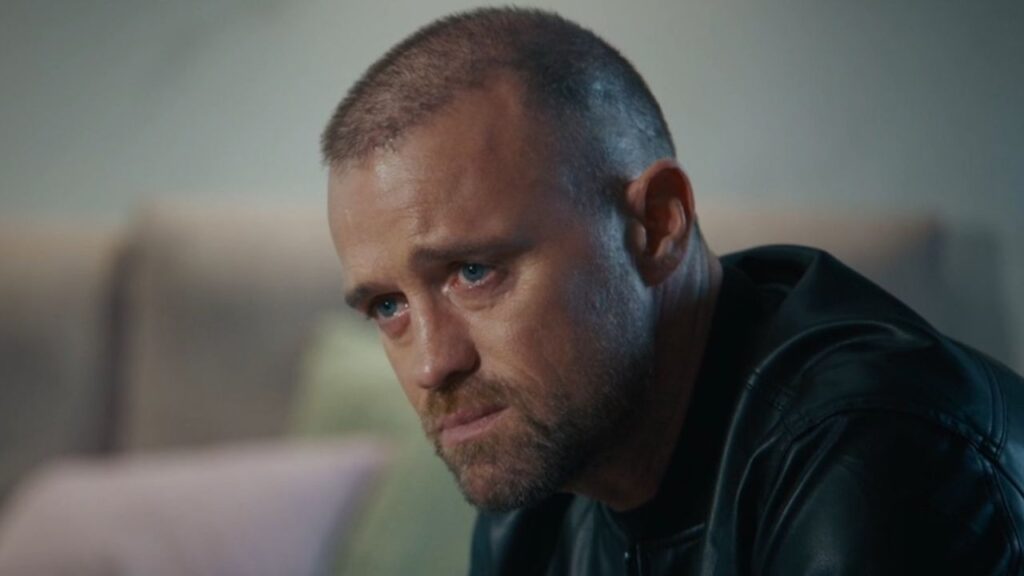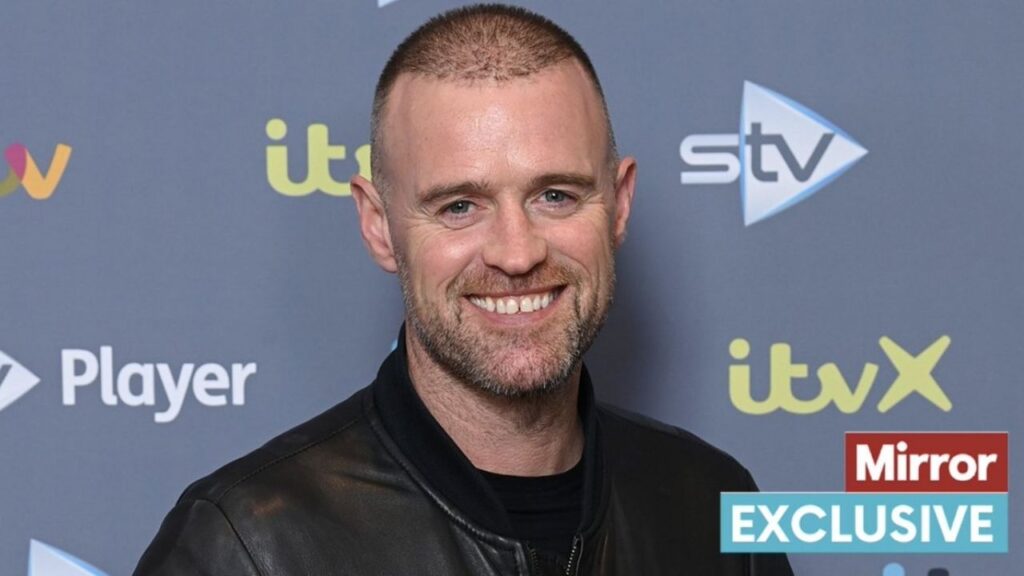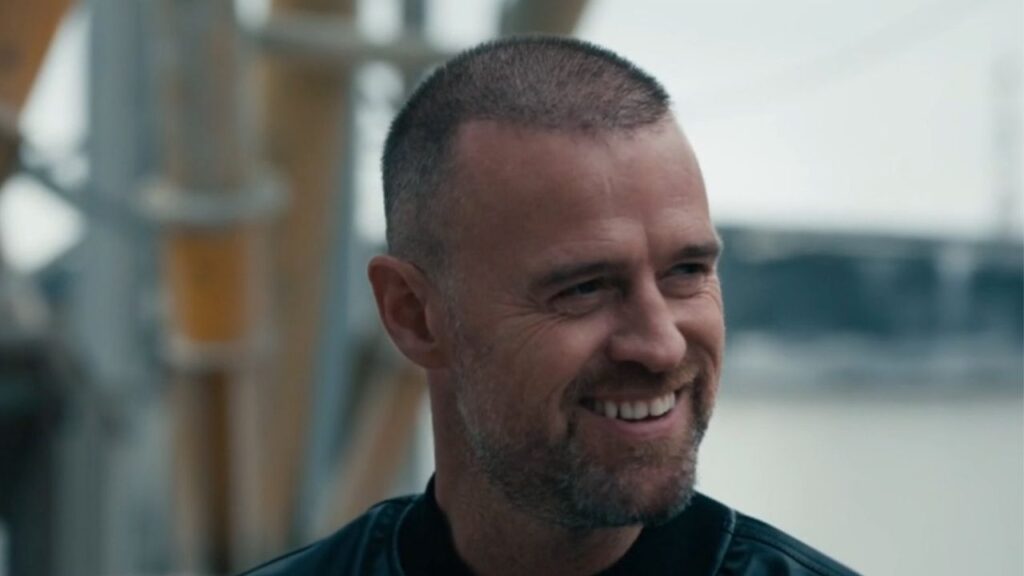The discussion around hair loss and the decision to get a hair transplant has recently been at the forefront of the public consciousness, particularly among celebrities. The New York Times reported on the rise in males, including prominent figures such as Jonas Armstrong, who chose to have hair transplant treatments during the pandemic. The article demonstrated this increased awareness. Follicular unit transplantation (FUT) and follicular unit extraction (FUE) techniques have emerged as formidable options to combat hair loss. This highlights a substantial shift towards improving one’s professional and personal image. Hair transplants have evolved as a formidable way to combat hair loss.
A wider trend among celebrities tackling the stigma connected with cosmetic treatments is shown in the case of Jonas Armstrong’s hair transplant, which sheds light on his struggle with hair loss over the years. The alteration of Jonas Armstrong’s hair has been a topic of discussion, and this article explores the complexities of hair transplant surgeries, the psychological impact these procedures have on celebrities, and the impressions that society has of celebrities who endure such transformations. This essay aims to break down the difficulties associated with celebrity hair transplants and people’s changing opinions towards these surgeries by examining Jonas Armstrong’s experience in-depth.

Jonas Armstrong’s Journey to a Hair Transplant
The choice of the British actor Jonas Armstrong, who is most known for his performance in the film “Robin Hood,” to pursue a hair transplant treatment has been the topic of rumours and speculation. Armstrong’s trip to modify his hair has been the subject of significant discussion, even though he has not provided any formal confirmation of his process. It is noteworthy that Armstrong, at 27, decided to address his issues over hair loss by undergoing a hair transplant treatment. This option shows a growing trend among males looking to revitalize their looks.
- Procedure Overview:
- Preparation and Pain: Armstrong described the numbing procedure, which began with numerous scalp injections, as extremely painful.
- Shock Loss Phase: Approximately two months post-procedure, Armstrong experienced’ shock loss,’ a common phase in which transplanted hairs fall out, only for new hair to regrow over the following eight weeks.
- Post-Procedure Care: Emphasising the importance of addressing the root cause of male pattern baldness, Armstrong took medication like Finasteride to inhibit DHT and was advised against strenuous activities for about 9 days to ensure optimal healing.
Armstrong’s journey sheds light on the multiple difficulties and factors involved in the choice to get a hair transplant. Several factors influence such personal decisions, including the psychological impact of hair loss and the societal pressures that public figures like Armstrong are subjected to. As well as contributing to the larger conversation about male beauty standards and the mainstream of cosmetic operations among guys, this narrative provides an insight into Armstrong’s struggle with hair loss.

Understanding Hair Transplant Procedures
Follicular Unit Extraction (FUE) is well-known for its minimal invasiveness and versatility. Hair transplant methods have evolved considerably, delivering alternatives such as the FUE method. Since FUE does not leave any visible scars, it is the method of choice for many people, including celebrities like Jonas Armstrong, who are searching for hair restoration that appears to be made from real hair.
Key Hair Transplant Techniques:
- FUE (follicular unit extraction): less invasive, minimal scarring, allows for choosing donor sites with precision.
- Grafting: Transfers small scalp sections with healthy hair to balding areas.
- Scalp reduction: removes bald scalp areas, stretching hair-bearing skin over them.
- Flap surgery: This procedure is best for large bald spots. It involves moving a hair-bearing scalp section to a bald area under general anesthesia. For detailed information about anesthesia with a hair transplant, visit https://sule-hairtransplant.com/painless-hair-transplant-with-sedation/.
- Tissue Expansion: Gradual inflation of a device under the scalp to expand hair-bearing areas for covering bald spots.
Istanbul has become a popular destination for people interested in undergoing hair transplant surgery because of the low cost of medical services and the quality of those services. During the operation, which dermatologists or plastic surgeons typically carry out, hair is moved from areas abundant in growth to areas that are falling out. Even though it is not a solution for underlying diseases such as male pattern baldness, this surgical intervention is intended to cover bald spots and improve one’s beauty. It takes around nine months for the full results of a hair transplant to become apparent after the procedure, and the success of the procedure is highly dependent on the density and quality of the hair that is still missing.
The Psychological Impact of Hair Loss on Celebrities
When it comes to celebrities like Jonas Armstrong, hair loss can have profound and diverse psychological repercussions. It is important to note that hair loss is not only a physical issue but also has significant implications for an individual’s mental health and social life.
- Psychological Effects:
- Self-Esteem and Body Image: Individuals experiencing hair loss often undergo a significant blow to their self-esteem and body image, leading to emotional distress. This distress can manifest as anxiety, anger, depression, and embarrassment.
- Social Withdrawal: The emotional toll of hair loss frequently results in behavioural changes, including limiting social interactions and avoiding family gatherings. This withdrawal can exacerbate feelings of isolation and loneliness.
- Mental Health Disorders: In severe cases, the psychological impact of hair loss can lead to mental health disorders such as adjustment disorder, personality disorder, or even body dysmorphic disorder (BDD). BDD, in particular, is characterised by an obsessive focus on perceived flaws in appearance, significantly distorting the individual’s self-perception.
- Impact on Life:
- Relationships and Work Performance: The psychological impacts of hair loss extend into many different parts of life, including job performance and the quality of one’s connection with others. Insecurity and hopelessness can burden personal relationships and contribute to a decrease in professional productivity.
- Health Risks: Long-term psychological stress related to hair loss may contribute to serious health risks, including depression, anxiety, heart failure, and even dementia.
Addressing this disease’s physical and emotional components and understanding the psychological repercussions of hair loss are essential. For public personalities like Jonas Armstrong, the decision to undergo a hair transplant can be a step towards recovering their looks, mental well-being, and quality of life.

Comparing Before and After: Jonas Armstrong’s New Look
A total revamp of Jonas Armstrong’s physical appearance, which reflects a newly discovered sense of self-assurance and a commitment to physical fitness, is included in the metamorphosis he has undergone due to his hair transplant. The transformation of his character from the well-liked Robin Hood in “Robin Hood” to a career criminal in “Coma” on Channel 5 demonstrates his versatility as an actor and his dedication to physically and intellectually embodying the roles he plays.
- Physical Transformation:
- Muscle Gain: This was achieved through a rigorous regimen of protein shakes, a personal trainer, and frequent gym visits (five times a week).
- Confidence Boost: Nicknamed ‘Arnie’ by the stunt team, this new muscular physique has significantly boosted Armstrong’s confidence in his physical appearance.
- Lifestyle Changes:
- Dedicated Fitness Routine: Armstrong has integrated fitness into his lifestyle, becoming a dedicated gym-goer.
- Influence of Personal Life: His transformation is partly attributed to his girlfriend, who is outside the industry, and a more settled lifestyle in Lytham, Lancs.
Armstrong’s holistic approach to his transformation, which emphasized changes in his physical appearance and way of life, demonstrates his stronger dedication to personal development and professional advancement. To demonstrate the significance of internal and exterior changes in building a new image, Armstrong’s journey serves as a monument to the impact that can be achieved through an all-encompassing approach to self-improvement.
Celebrities and the Stigma of Cosmetic Procedures
It is often through the sharing of personal experiences that celebrities have been able to transform how society views cosmetic treatments. Due to their transparency, these surgical procedures have been more often accepted as options for personal betterment than decisions driven by vanity. To give an example:
- Cardi B and Chrissy Teigen have openly discussed their procedures, ranging from illegal butt injections to liposuction and breast augmentations, highlighting the lengths to which some go for body confidence.
- Simon Cowell and Kris Jenner have not avoided discussing their facelifts and other cosmetic surgeries, bringing transparency to previously considered taboo procedures.
The truthfulness of popular personalities has, without a doubt, contributed to reducing the stigma associated with cosmetic surgery, which has, in turn, encouraged a more accepting attitude among the broader public population. Nevertheless, it is of the utmost importance to acknowledge the double-edged sword that characterizes the effect of celebrities:
- Unrealistic Expectations: The carefully curated images of celebrities on social media can foster unrealistic beauty standards, pushing individuals towards procedures that may not suit them.
- Cultural Differences: Studies examining attitudes towards cosmetic surgery among South Korean and US female college students reveal significant cultural variances in the acceptance of cosmetic surgery, indicating that societal norms and beauty standards play a substantial role in the decision-making process.
Concerns regarding ageism, excessive expectations, and the fear of judgement continue to exist, particularly about facelifts, despite the progress that has been made when it comes to the destigmatization of cosmetic treatments. The entertainment industry and the media’s representation of plastic surgery continue to perpetuate these stigmas, underscoring the significance of continuing an open dialogue and maintaining transparency regarding the subject.
Conclusion
Within the larger discussion regarding male beauty standards, the psychological impact of hair loss, and the growing normalization of cosmetic operations among prominent people, Jonas Armstrong’s decision to undergo a hair transplant emerges as a dramatic case study. This is because the beauty standards of men are changing. Through examining his trip, this article has brought to light the medical and psychological elements of undergoing such a process, as well as the ramifications for society and people’s altering opinions regarding these developments. There has been a huge shift in how men approach hair loss, which Armstrong portrays via his own experience. This shift provides the foundation for a trend towards greater acceptance and openness when discussing and addressing these concerns.
While Armstrong’s story touches on important topics such as identity, self-esteem, and the human drive to improve oneself, its greater significance reaches far beyond celebrity and aesthetics. The narrative surrounding cosmetic operations is shifting towards a more accepting and understanding attitude as the popularity and exposure of these procedures continue to rise. In the end, Jonas Armstrong’s journey through the process of getting a hair transplant not only sheds light on the difficulties that are involved in the personal decisions of public figures, but it also represents a shifting tide in the norms of society, encouraging individuals to look for ways to improve their self-confidence and quality of life.





